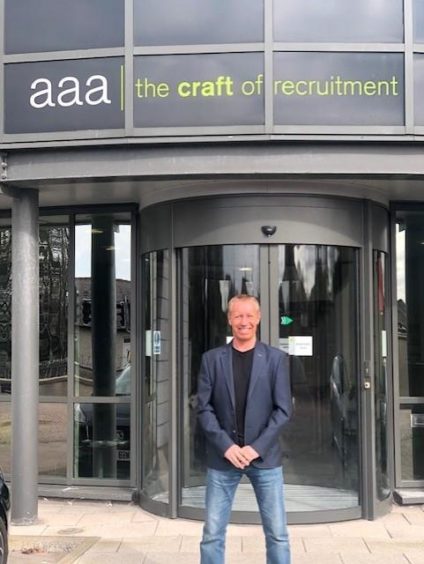Employees are hoping the old normality of working five days a week in an office is a thing of the past but bosses remain unconvinced, a new survey has found.
Figures from the Office of National Statistics (ONS) published today show that 36% of those currently homeworking thought they would spend the majority or all their time homeworking in the future, with a further 25% saying time would be split evenly and 28% only working from home some of the time.
However, when businesses were asked, over half (54%) said they expected at least 50% of their staff would to be at their normal place of work, although nearly a third (32%) remain undecided.
Flexible working needed to keep staff
Mark Lints, Aberdeen Appointments Agency lead consultant, is not surprised by the data and believes flexible working is the way forward for businesses.
He said: “Very few people want to work from home entirely.
“There’s a very small percentage that only want to work from home and don’t want any office at all. From the conversations I’ve had the hybrid model of coming in for two or three days does seem to be preferred.
Very few people want to work from home entirely.”
Marks Lints, Aberdeen Appointments Agency lead consultant
“I think it’ll be interesting to see if companies are aligned to that because I feel that if they are not and the option doesn’t exist in terms of retention it’ll be very interesting to see if people do vote with their feet and go to companies that do offer flexibility.”
Hybrid working the way forward
The figures show that people in IT (81%), ‘professional, scientific and technical’ (71%) and real estate (57%) are those most likely to be currently working from home.
More than a third (37%) of businesses expect their workforce to return to their normal place of work within three months, with 2% expecting it to take more than 6 months, and a further 2% not expecting their return at all.
Mr Lints believes larger companies are looking towards the end of the year to get staff back into the office but small and medium sized businesses (SMEs) are returning quicker.
He said: “SMEs are already at the discussion stage. They enjoy the personal touch and personal interactions because they wear a lot of hats. Those kind of companies seem to be returning more readily or at least talking about it.
“People are not being encouraged to return to work but conversations are happening and from what I’m hearing I would say that a hybrid model is definitely the way forward.”
The research also looks at jobs advert data from Adzuna which shows a three-fold increase in adverts that talk about homeworking since February 2020, although this only equates to 8% of total adverts.
Hugh Stickland, ONS senior economist, said: “While many workers clearly prefer working from home, today’s research suggests their bosses remain unconvinced.
“Clearly, it is much easier to work from home when offering IT support than it is when running a café, which is virtually impossible.
“However, the increased mentions of homeworking in jobs adverts shows at least some employers coming around to the new normal.”

